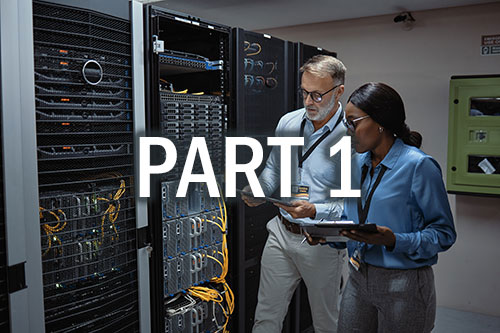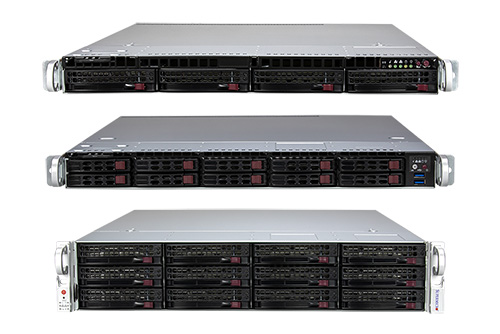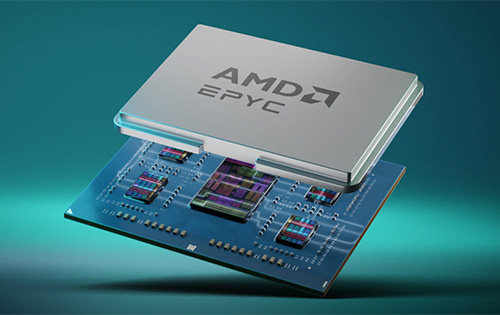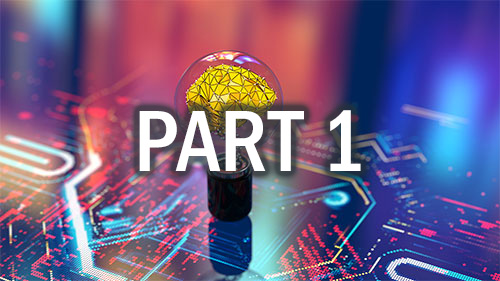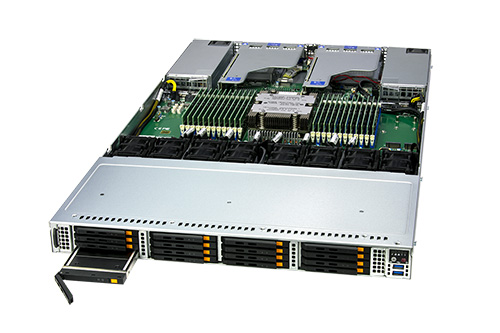The term intelligent edge refers to remote server infrastructures that can collect, process and act on data autonomously. In effect, it’s a small, remote data center.
Compared with a more traditional data center, the intelligent edge offers one big advantage: It locates compute, storage and networking capabilities close to the organization’s data collection endpoints. This architecture speeds data transactions. It also makes them more secure.
The approach is not entirely new. Deploying an edge infrastructure has long been an effective way to gather data in remote locations. What’s new with an intelligent edge is that you gain the ability to process and act on that data (if necessary) in real time—without having to first transfer that data to the cloud.
The intelligent edge can also save an organization money. Leveraging the intelligent edge makes sense for organizations that spend a decent chunk of their operating budget transferring data from the edge to public and private data centers, which could be a cloud infrastructure (often referred to as “the core”). Reducing bandwidth in both directions and storage charges helps them control costs.
3 steps to the edge
Today, an intelligent edge typically gets applied in one of three areas:
- Operational Technology (OT): Hardware and software used to monitor and control industrial equipment, processes and events.
- Information Technology (IT): Digital infrastructure—including servers, storage, networking and other devices—used to create, process, store, secure and transfer data.
- Internet of Things (IoT): A network of smart devices that communicate and can be controlled via the internet. Examples include smart speakers, wearables, autonomous vehicles and smart-city infrastructure.
The highly efficient edge
There’s yet another benefit to deploying intelligent edge tech: It can help an organization become more efficient.
One way the intelligent edge does this is by obviating the need to transfer large amounts of data. Instead, data is stored and processed close to where it’s collected.
For example, a smart lightbulb or fridge can communicate with the intelligent edge instead of contacting a data center. Staying in constant contact with the core is unnecessary for devices that don’t change much from minute to minute.
Another way the intelligent edge boosts efficiency is by reducing the time needed to analyze and act on vital information. This, in turn, can lead to enhanced business intelligence that informs and empowers stakeholders. It all gets done faster and more efficiently than with traditional IT architectures and operations.
For instance, imagine that an organization serves a large customer base from several locations. By deploying an intelligent edge infrastructure, the organization could collect and analyze customer data in real time.
Businesses that gain insights from the edge instead of from the core can also respond quickly to market changes. For example, an energy company could analyze power consumption and weather conditions at the edge (down to the neighborhood), then determine whether there's be a power outage.
Similarly, a retailer could use the intelligent edge to support inventory management and analyze customers’ shopping habits. Using that data, the retailer could then offer customized promotions to particular customers, or groups of customers, all in real time.
The intelligent edge can also be used to enhance public infrastructure. For instance, smart cities can gather data that helps inform lighting, public safety, maintenance and other vital services, which could then be used for preventive maintenance or the allocation of city resources and services as needed.
Edge intelligence
As artificial intelligence (AI) becomes increasingly ubiquitous, many organizations are deploying machine learning (ML) models at the edge to help analyze data and deliver insights in real time.
In one use case, running AI and ML systems at the edge can help an organization reduce the service interruptions that often come with transferring large data sets to and from the cloud. Intelligent Edge is able to keep things running locally, giving distant data centers a chance to catch up. This, in turn, can help the organization provide a better experience for the employees and customers who rely on that data.
Deploying AI at the edge can also help with privacy, security and compliance issues. Transferring data to and from the core presents an opportunity for hackers to intercept data in transit. Eliminating this data transfer deprives cyber criminals of a threat vector they could otherwise exploit.
Part 2 of this two-part blog series dives deep into the biggest, most popular use of the intelligent edge today—namely, the internet of things (IoT). We also look at the technology that powers the intelligent edge, as well as what the future may hold for this emerging technology.
Do more:



